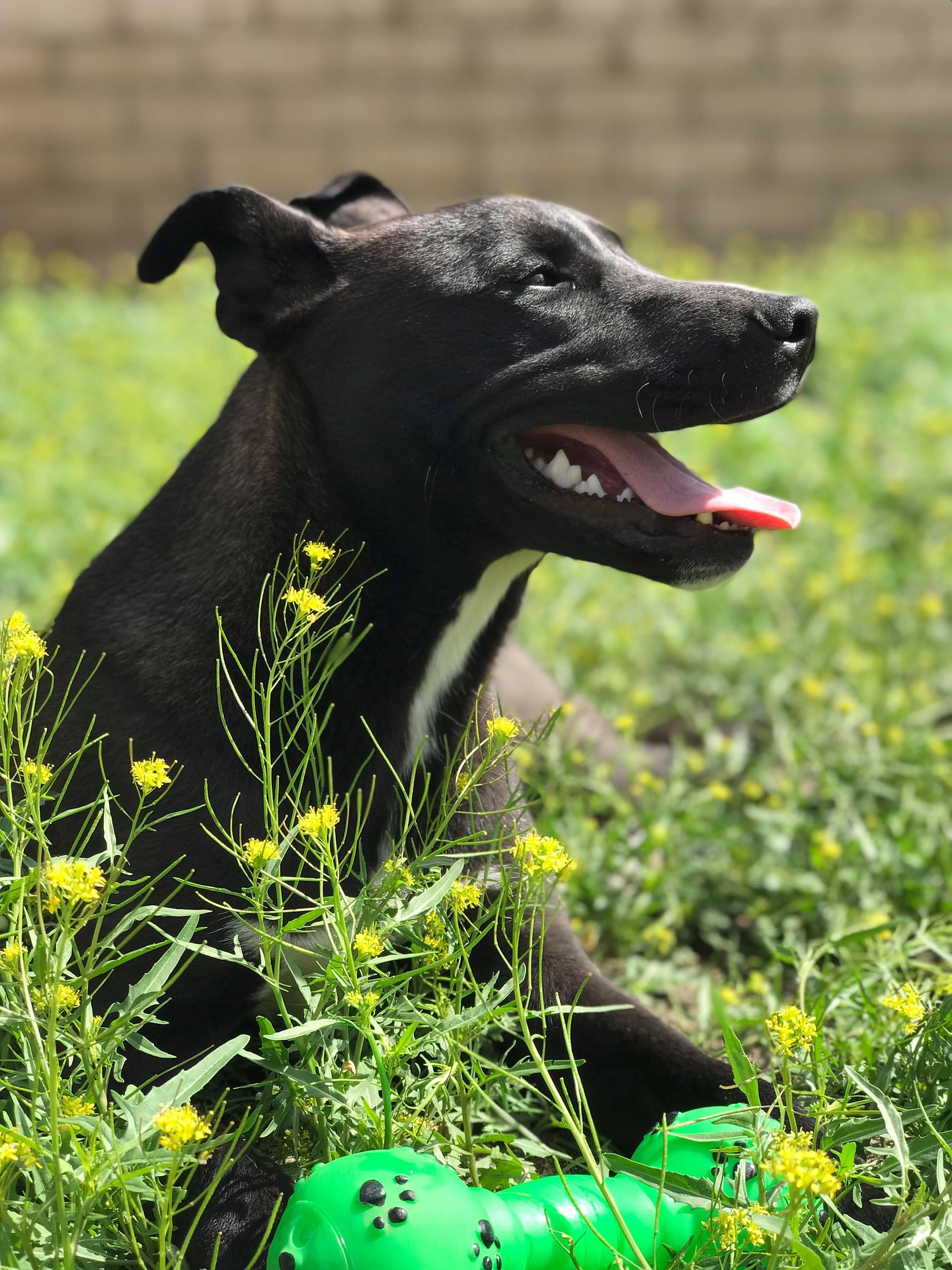April showers bring May flowers…and with them, bees.
Just like humans, pets can have severe or even life-threatening reactions to bee stings. Unfortunately, our furry friends are also at greater risk for stings due to their curious and playful nature.
Because pets often like to chase, swat, or bite at bees and other flying insects, they are most likely to be stung in the mouth or on the muzzle, nose, face, or paws. It is also common for dogs to accidentally step on a bee while out on a walk.
It is important to note that while most reactions are mild, some pets may become ill very quickly after a bee sting. Responses may vary from mild itching, swelling, and pain to life-threatening anaphylactic shock. If your pet shows any of the following signs, please seek immediate veterinary care.
What are the signs of a sting?
Common signs of a bee sting include:
- Crying or yelping
- Running in circles
- Drooling
- Limping
- Swelling of the face, throat, neck or paws
- Scratching, rubbing, licking or chewing at the sting site
- Vomiting
- Loss of bladder or bowel control
- Difficulty breathing
- Collapse
If your pet is stung:
- Stay calm and call your veterinarian right away. Do not wait for your pet to show signs of a severe reaction.
- Finding a stinger is helpful, but not essential. If you can find the stinger, you may try to remove it. However, leaving the stinger in place will not cause your pet additional harm.
- Veterinary treatment may include administering medication to treat any allergic reaction or to ease pain and itching. If the stinger has not already been removed, the veterinarian will remove it for you. For severe allergic reactions or anaphylaxis, hospitalization and more intensive care may be required.
How to prevent bee stings:

- On walks, help your dog avoid flowering plants, trees, and bushes where bees are commonly found.
- Check your home and yard for beehives. If you find an active hive or nest, it is best to have it professionally removed.
- Always monitor pets closely when outdoors.
If you have any questions about your pet, including about where you may encounter bees, please don't hesitate to contact us!
